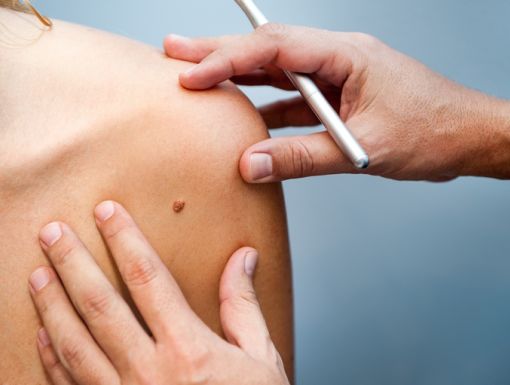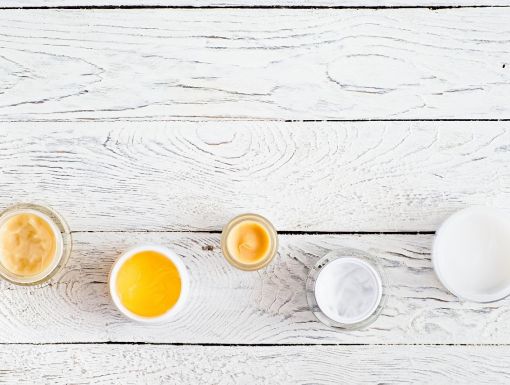
DIY Extreme Exfoliation: Is it Safe?
Skin exfoliation can be beneficial to most skin types, sloughing away dead skin cells to reveal the more youthful, radiant skin underneath. But over-exfoliation can do more harm than good, and can cause irritation, redness, and even permanent skin damage.
If you exfoliate too often or improperly, you can remove too much skin before it’s ready to be discarded. Skin cells take time to regenerate. The normal cell turnover rate is about 28 days in a young adult, and it's double that for someone over the age of 50. Damaging the skin by over-exfoliation can lead to infection and inflammation, which over time, can lead to the opposite result you are trying to achieve: pre-mature aging.
We’ve asked Ochsner dermatologist Dr. Julie Martin to weigh in on some of the top DIY extreme exfoliation products to give you all the facts on how to keep your skin looking great, while staying healthy and safe.
Baby Foot Deep Exfoliation for Feet Peel
According to their website, “The principal ingredient of Baby Foot is fruit acid which is very gentle, when compared with other acids. The fruit acid penetrates into the layers of dead skin cells and breaks down the desmosomes which hold the layers together. By this process, skin is undamaged but peels easily away from the fresh layer beneath."
Dr. Martin:
“The “fruit acids” are AHAs or alpha hydroxy acids and include such acids as citric acid, glycolic acid, and lactic acid. Even though considered safe, there is always a risk of over exfoliation and making skin more prone to damage. For example, athletes such as runners depend on calluses and thickened skin to protect their feet while running. Also, diabetic patients should use this and similar products with caution due to decreased sensation and slower wound healing.”
Skin Obsession 40% Glycolic Acid Peel
According to their product listing, “Glycolic acid is a naturally occurring chemical belonging to the alpha hydroxy acid (AHA) family. Derived from sugar cane, this AHA is the smallest of the fruit acids and is able to penetrate the skin, allowing it to effectively dissolve the "glue" that holds dead cells on the surface of the skin. This dissolving action of the glycolic acid allows the dead cells to slough off, leaving behind a smoother skin surface. This also helps stimulate collagen formation under the skin’s surface which helps plump up the skin from beneath, smoothing out fine surface wrinkles and superficial scars.”
Dr. Martin:
“This product line was developed by a Molecular Biologist with no stated background in Dermatology. The cost of this product is very reasonable, maybe a little too reasonable ($17.99). It is important to remember that commercial products like this are not FDA regulated and, therefore, the ingredients and concentrations cannot be verified.”
According to the product listing, “PMD Personal Microderm replicates the treatment given by professionals by using the same Aluminum Oxide crystals on the patented spinning discs. The hand-held tool uses vacuum action to gently pull skin towards the disc for optimum exfoliation.”
Dr. Martin:
“The product seems to be user friendly and encourages safe progression from the training disc provided to the actual microdermabrasion discs. It seems to be a good alternative to those who don’t have the money or the time to spend on in-office microdermabrasion treatments. Users’ complaints include scratches or abrasions over the more bony areas of the face such as the nose, cheek, and jaw, so proceed with caution.”



